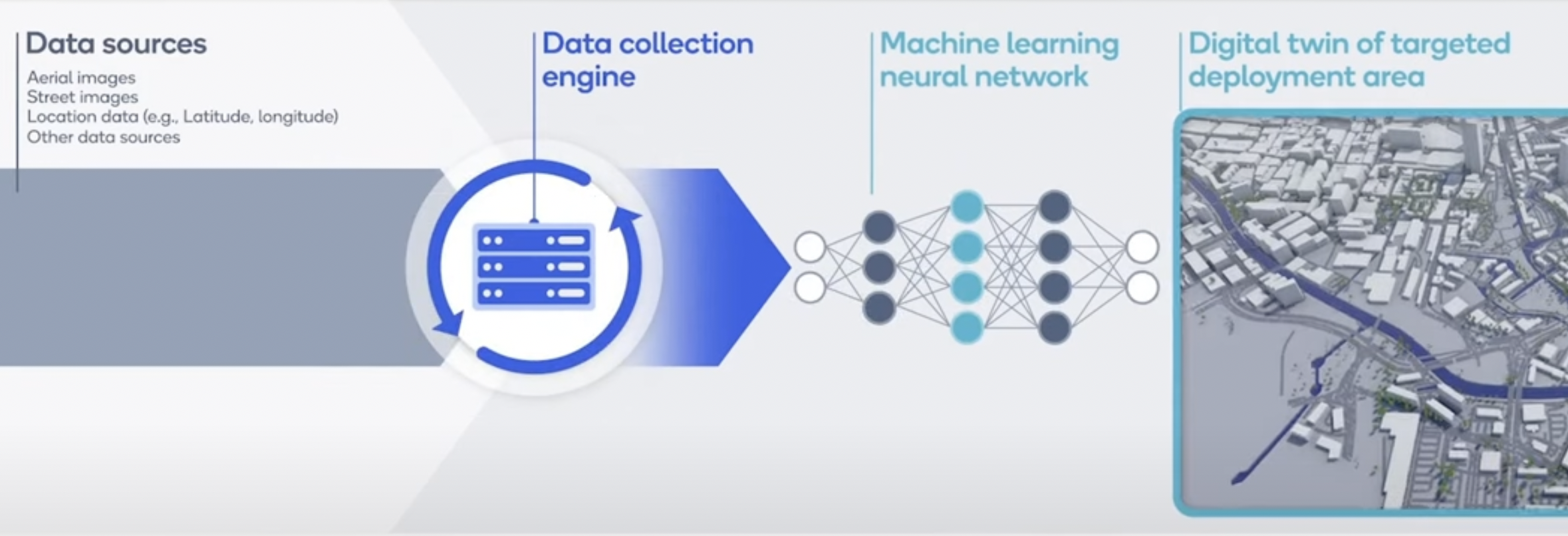The notion of mmWave for a mobility use case has gone from being the subject of skepticism to the subject of massive investment for operators looking to keep up with capacity demands. In addition to helping offload traffic from sub-7 GHz 5G networks, mmWave is key to delivering new types of monetizable applications, both mobile and fixed wireless access, and is also poised to play a key part in future 5G Advanced and 6G networks.
Qualcomm, Ericsson and Telefonica deployed a mmWave network for Mobile World Congress
Qualcomm moved early and fast on mmWave and has continuously adapted its device and network technologies to help operators make the most of the abundant spectrum. In fact, Mobile World Congress 2023 in Barcelona was something of a full circle moment. Four years ago, RCR Wireless News heard from Qualcomm Senior Director of Technology Ozge Koymen that mmWave would be a perfect fit for the crowded convention halls at Fira Gran Via in Barcelona.
This year at MWC, visitors to Hall 3 could access a live mmWave network connecting with Qualcomm-powered devices. “One of my main points at the time was that mmWave in a place like this where we have thousands of people in a big hall all trying to get data connectivity would be a perfect use case,” Koymen said. “And now we’re here today, and Telefonica with Ericsson and Qualcomm has launched a commercial mmWave network. In an environment like this where you have a high capacity need, mmWave is the perfect solution.”
How should operators think about mmWave deployment?
While there is operator- and regional-specific variation in mmWave traction, it’s something of an inevitable given trends around data consumption that operators and regulators have realized. And beyond the mobility use case, for geographies lacking dense fiber networks, mmWave can provide a robust home internet experience via fixed wireless access. As mmWave deployments continue, Qualcomm is using AI/ML techniques to accelerate deployments.
Operators are asking themselves how to deploy mmWave in a cost-effective way that leverages existing assets like small cells, repeaters, IABs, fiber drops, radio sites, and power, Koymen sad. “One thing we’ve done is looked at different cities throughout the world, looked at what’s available, and tried to do a cost-optimized deployment to match the throughput requirements and the user density in those cities…I believe this approach is the right approach to mmWave where the deployment is a function of the environment, so optimizing that deployment is key and something operators will have to look into.”
mmWave learnings and the march to 6G
Qualcomm’s advanced wireless research priorities are sweeping, and currently focus on 5G Advanced and 6G. Koymen pointed out that the relationship between generations and sub-generations is fluid and complementary. Discussing how mmWave learnings could apply to sub-THz frequencies used for 6G, he saw both technical and tactical angles.
mmWave RFIC designs can be directly leveraged for future sub-THz RFIC designs. And, he said, sub-THz 6G networks could provide wireless fronthaul and backhaul for mmWave networks. “One thing that sub-THz will bring early on, I believe, given the capacity is actually enabling mmWave deployment. It’s an additional element of enabling backhaul and fronthaul and making the cost of the deployment a little cheaper…We are just starting to commercialize bigger scale mmWave so our focus is mmWave, making sure mmWave is a key component of a 6G network.”
For more from Mobile World Congress 2023, watch Qualcomm’s demo showcase.

